https://www.youtube.com/watch?v=fylaNnFOtec
Baby Taylor Guitar BT1 Review With YourGuitarSage
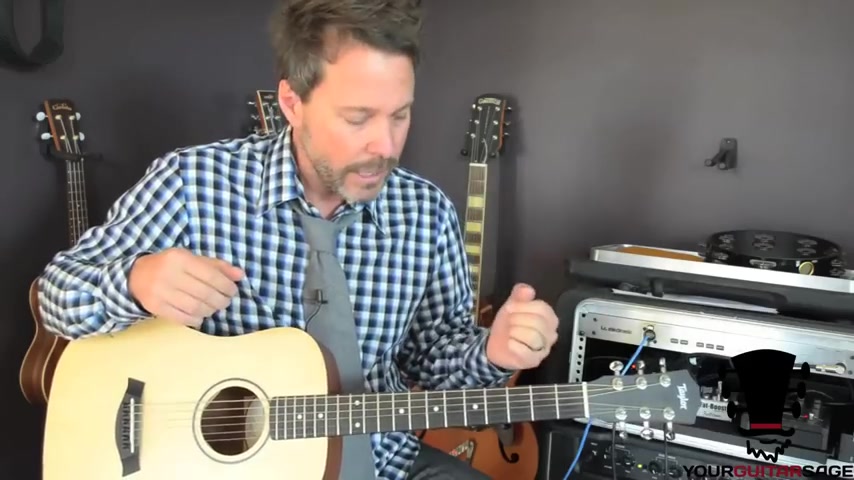
Everyone .
This is Brian from active melody dot com .
Uh In the last several lessons , we've taken a look at how to play lead guitar , blues , lead guitar in particular .
But , um , over the next several lessons , um , we're gonna be taking a look at how to play interesting rhythm guitar for blues and rock uh on electric guitar as somebody pointed out to me that there's just not that much um , good rhythm guitar material out there online and , and I could verify that after doing a quick search .
So , uh be sure to go to LD dot com to download the jam track uh for this lesson and the table if you need it .
Uh Otherwise let's get started .
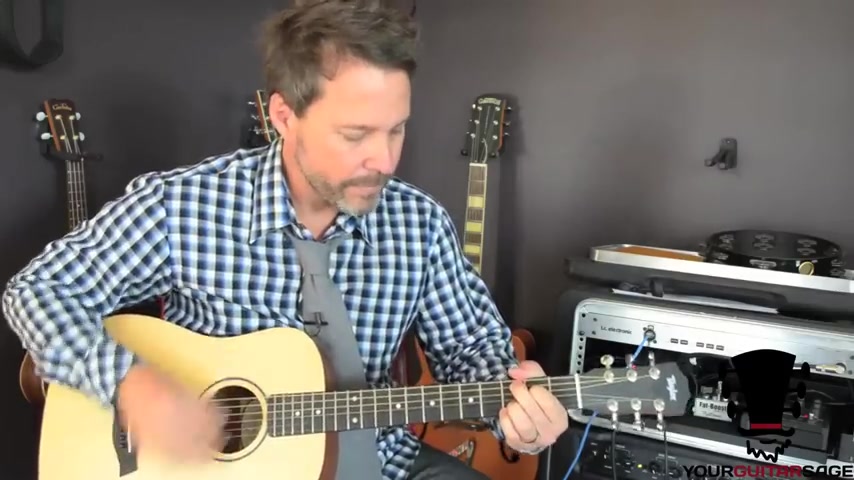
Now , before we get started , I'm just gonna play through a little bit of this rhythm by myself without the jam track .
And I want you to watch my right hand and watch the , the strum pattern that I'm , I'm repeating over and over again in particular .
So what I'm doing there is I'm creating a rhythm that looks like this over and over again .
Now I recommend you practice before you even start worrying about the left hand and what's going on with that .
Most people always make that mistake .
You always , people try to always learn what's going on with the left hand .
And , um , that's important , but sometimes it's more important to get the right hand down and in a rhythm like this , the right hand is what's gonna make this thing .
That's what people are gonna stomp their feet to .
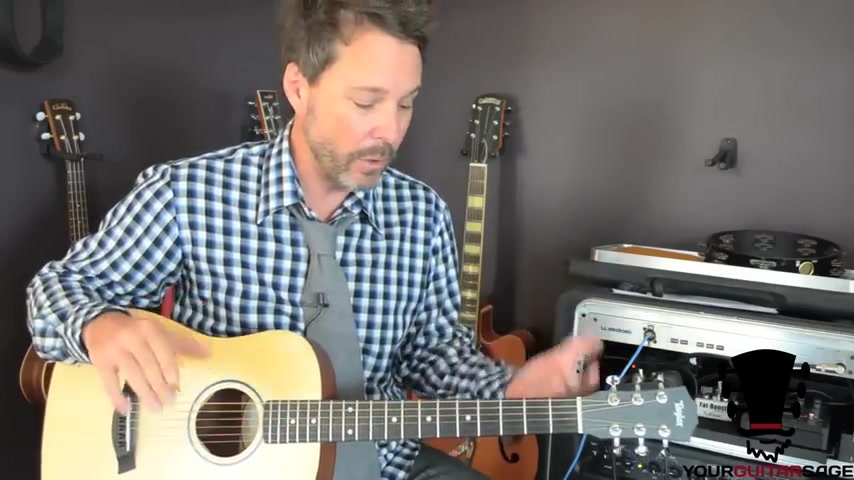
Everyone .
This is Brian from active melody dot com .
Uh In the last several lessons , we've taken a look at how to play lead guitar , blues , lead guitar in particular .
But , um , over the next several lessons , um , we're gonna be taking a look at how to play interesting rhythm guitar for blues and rock uh on electric guitar as somebody pointed out to me that there's just not that much um , good rhythm guitar material out there online and , and I could verify that after doing a quick search .
So , uh be sure to go to LD dot com to download the jam track uh for this lesson and the table if you need it .
Uh Otherwise let's get started .
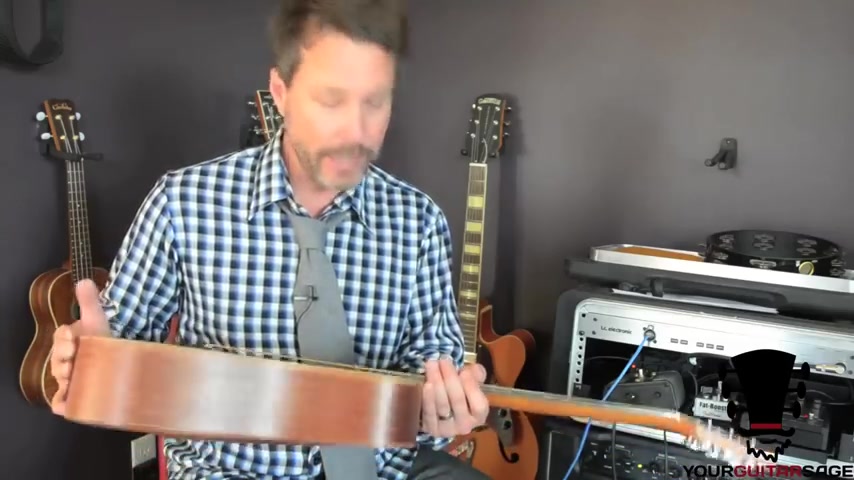
And so the , so that's what I would practice if , if I were you in the beginning is just doing a downs stroke , downs stroke , downs , stroke downs stroke just to get that down .
And it will be slow in the beginning .
But over time you'll be able to pick it up a little bit .
Tell us about this tempo and it , OK , so we'll get back to the right hand .
But now let's take a look at what the left hand is doing .
So , the first thing , uh , to point out is I'm playing an , a chord here , first quarter that I'm playing .
And the way that I do it is I just bar the second fret .
Um , I bar the first four strings and I play the middle four strings when I strum it with my right hand .
So I'm not playing the bottom E and I'm not playing the high , I'm just playing the middle .
That's one way to make an , a , some people make an A by cramming three fingers in that allows you to let the high E string uh ring out , but it's not very versatile for doing these kinds of rhythms .
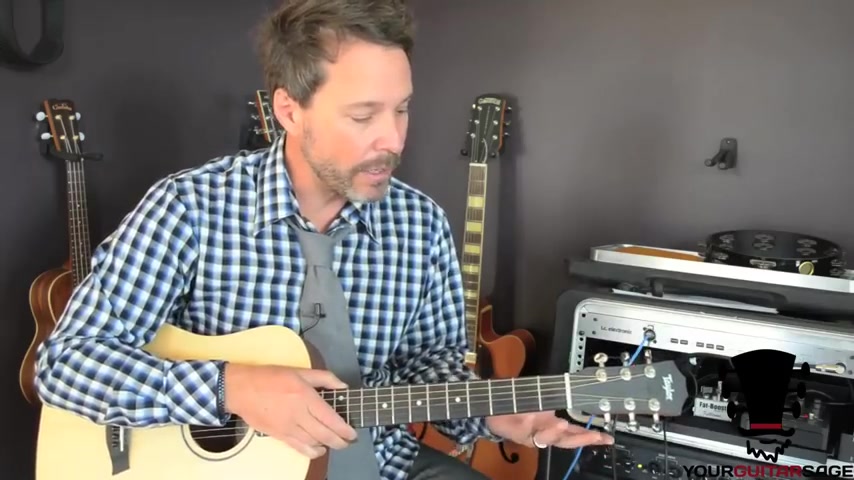
So I recommend when you're playing rhythm , especially , you know , uh rock and roll or blues , you probably wanna bar your a like that .
So , what I'm doing is uh when I'm barring that I'm playing this little rhythm and by the way , the , the strings that I'm playing , I'm actually not playing all four , I'm just really playing string , which is the A string , the D string and the G string .
So I'm playing this , that's the first thing I do .
And what I'm doing there is I'm , we get to the right hand but with the left hand barring the second fret and I'm coming up to the fourth fret , fourth string , pushing down just that one string , releasing it .
So , and you've heard that rhythm ?
Are you looking for a way to reach a wider audience and get more views on your videos?
Our innovative video to text transcribing service can help you do just that.
We provide accurate transcriptions of your videos along with visual content that will help you attract new viewers and keep them engaged. Plus, our data analytics and ad campaign tools can help you monetize your content and maximize your revenue.
Let's partner up and take your video content to the next level!
Contact us today to learn more.